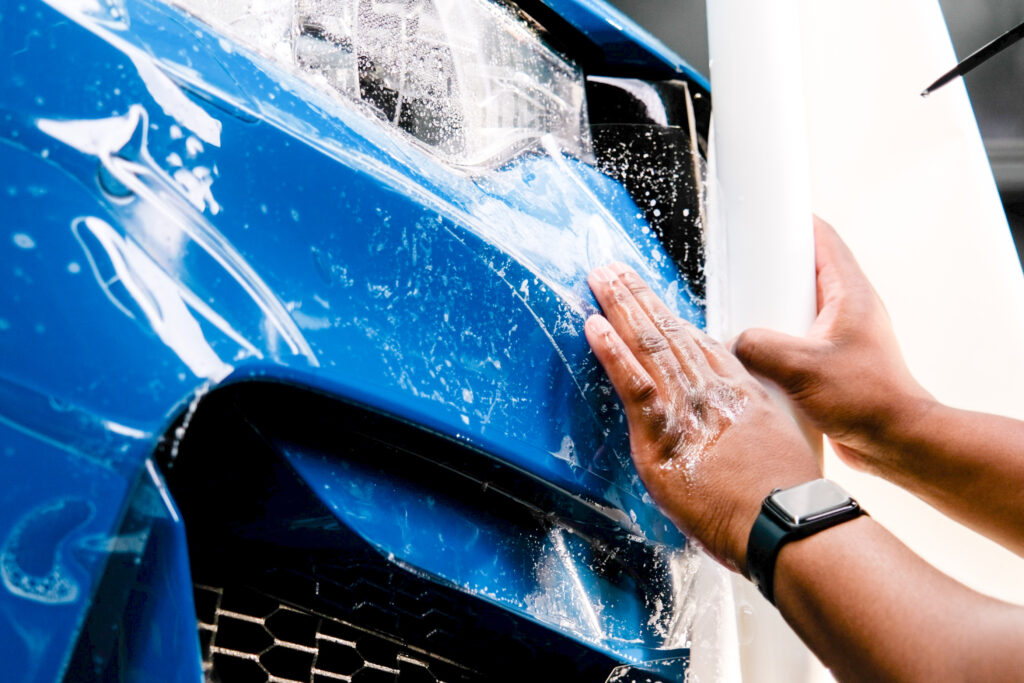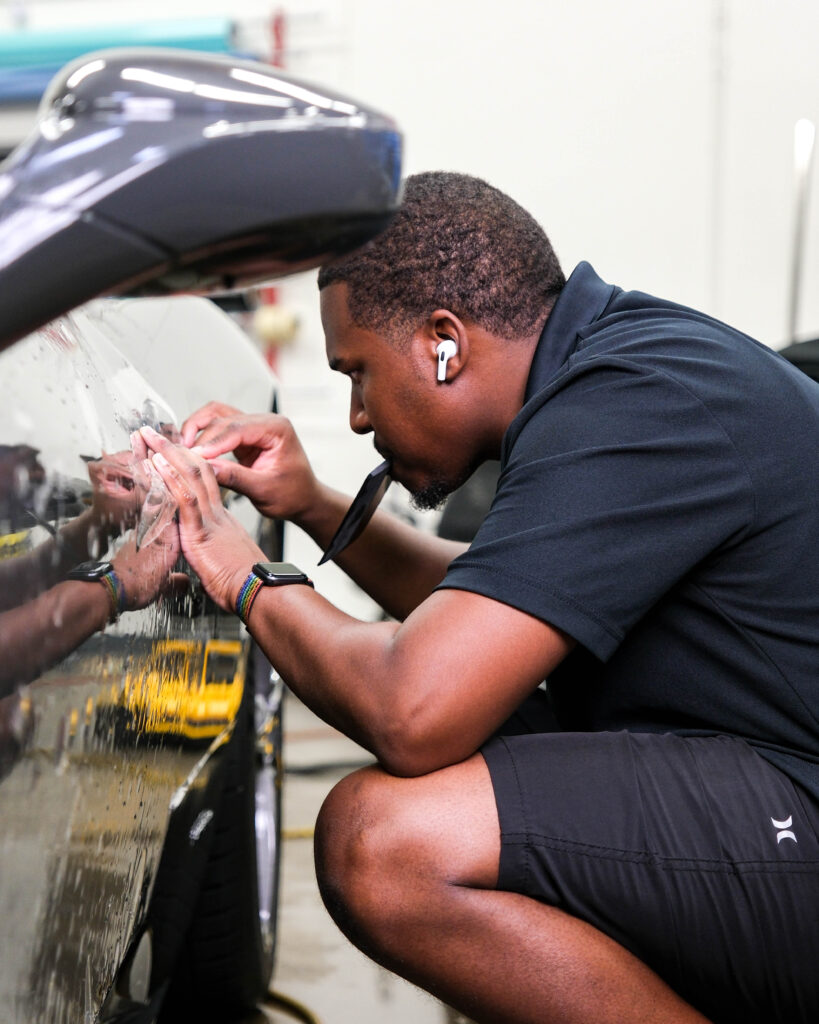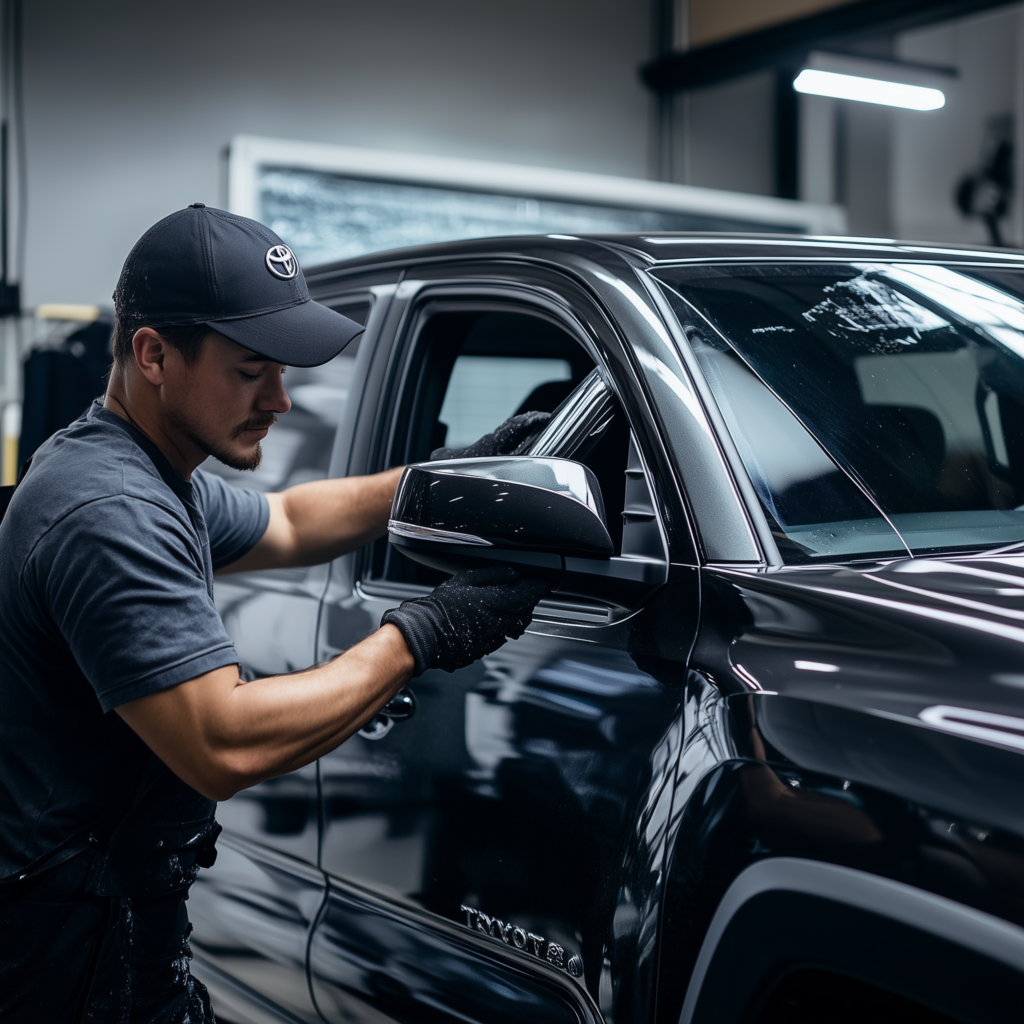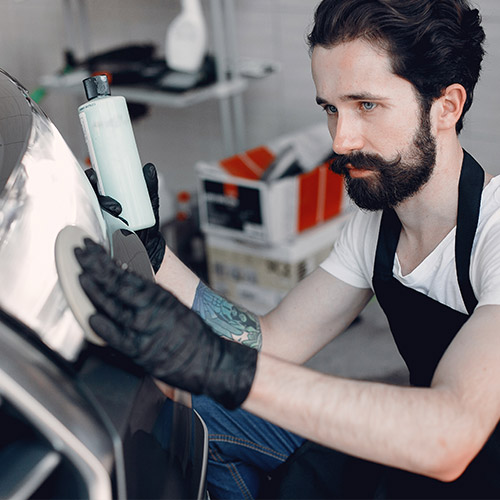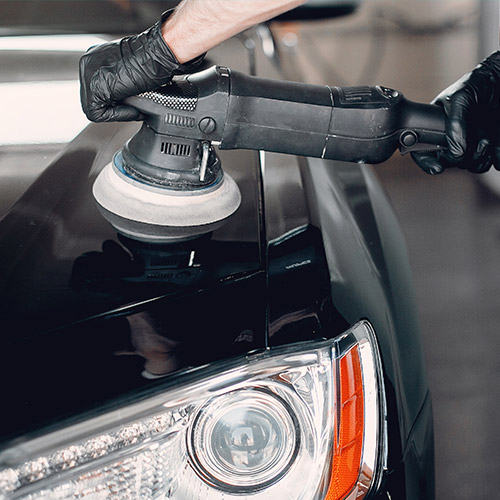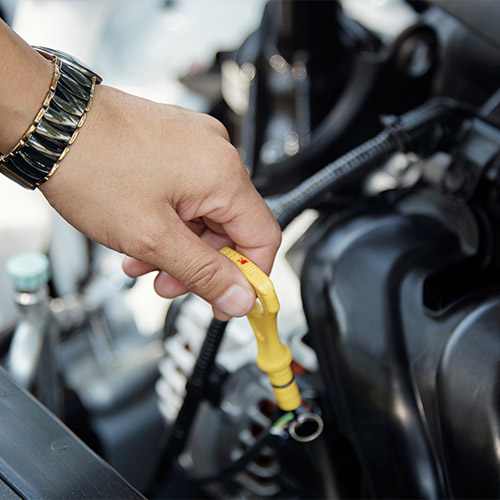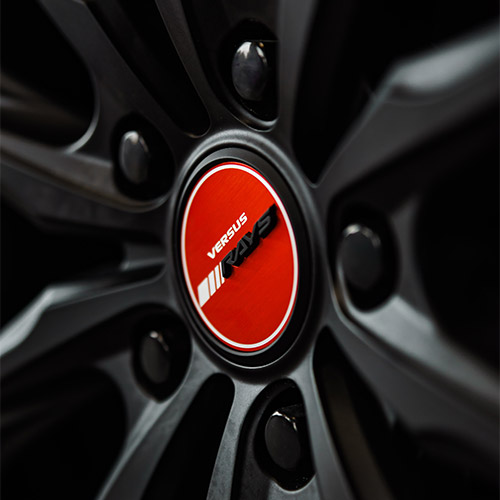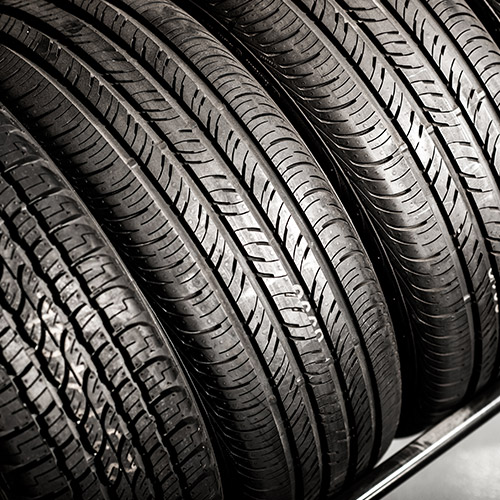Introduction
In the heart of the United States, where the open roads stretch out like ribbons of endless possibilities, your car is not just a mode of transportation—it’s an extension of your identity. Imagine your vehicle as a knight in shining armor, bravely facing the elements each day. But what happens when that armor loses its sheen? Enter **Paint Protection Film (PPF)**, the invisible shield that promises to keep your vehicle as radiant as the day it rolled off the lot.
- Understanding Paint Protection Film
- The Benefits of PPF
- Comparing PPF with Ceramic Coating
- Key Takeaways
- FAQs
- Conclusion
Understanding Paint Protection Film
Picture this: your car is a canvas, and every drive is a brushstroke across its surface. Over time, the road leaves its mark—chips from gravel, scratches from rogue branches, and the relentless assault of UV rays. This is where Paint Protection Film in San Tan Valley steps in, acting as an invisible cloak that absorbs the brunt of these daily skirmishes.
The Magic Behind PPF
PPF is a thermoplastic urethane film that is applied to the exterior of a vehicle. It’s a transparent layer that protects the paint from damage without altering the car’s appearance. Think of it as a force field, resilient yet discreet, allowing your car to shine on without fear of blemishes.
The Benefits of PPF
Why should you consider investing in Paint Protection Film? Here are some compelling reasons:
- Preservation of Original Paint: Keeps your car looking new by preventing unsightly dings and scratches.
- Resale Value Boost: A well-maintained exterior can significantly increase your vehicle’s resale value.
- UV Protection: Shields against harmful UV rays that cause paint fading.
- Self-Healing Properties: Minor scratches vanish as if by magic under heat.
- Ease of Maintenance: Cleaning becomes a breeze with less need for frequent detailing.
Comparing PPF with Ceramic Coating
If PPF is the knight’s armor, then **Ceramic Coating** is the polished finish that makes his armor gleam under the sun. Both serve to protect, but they do so in different ways. While PPF provides a physical barrier against physical damage, ceramic coating offers a sleek hydrophobic layer that repels water and dirt.
For those residing in areas with harsh environmental conditions, combining both may be the ultimate solution for comprehensive car care. Explore more about how Ceramic Coating in San Tan Valley complements PPF to offer unmatched protection.
Key Takeaways
- PPF acts as a protective barrier against physical damages.
- Ceramic coating offers additional benefits like hydrophobic properties.
- The combination of both can enhance the longevity and aesthetics of your vehicle.
FAQs
Is PPF visible on my car?
No, PPF is transparent and designed to be virtually invisible, preserving the original look of your vehicle.
How long does PPF last?
A professionally installed PPF can last between 5 to 10 years depending on environmental factors and maintenance.
Can I apply PPF myself?
While DIY kits are available, professional installation is recommended to ensure optimal coverage and performance.
Conclusion
As you navigate the highways and byways of life, let your vehicle reflect not just where you’ve been but also where you’re going. Investing in Paint Protection Film is akin to weaving an invincible thread through your vehicle’s story, ensuring it remains pristine through every chapter. When it comes down to it, is doing PPF worth it? For many, this invisible guardian is not just a luxury—it’s peace of mind wrapped in a transparent embrace.
Your journey deserves a hero’s welcome; let Paint Protection Film be its steadfast champion on the road ahead.


